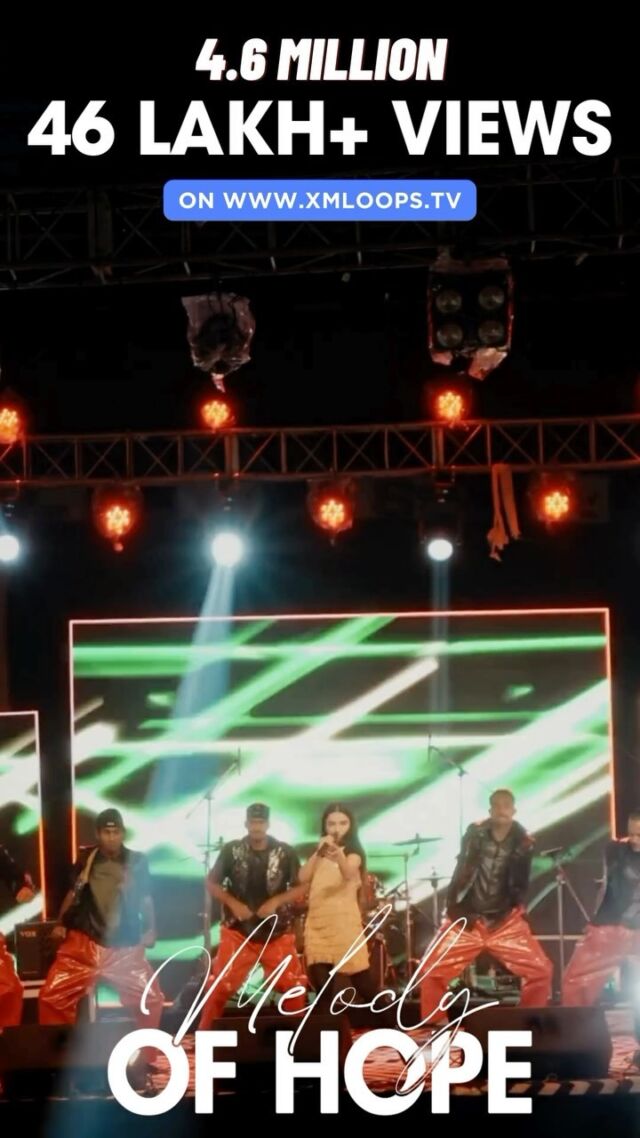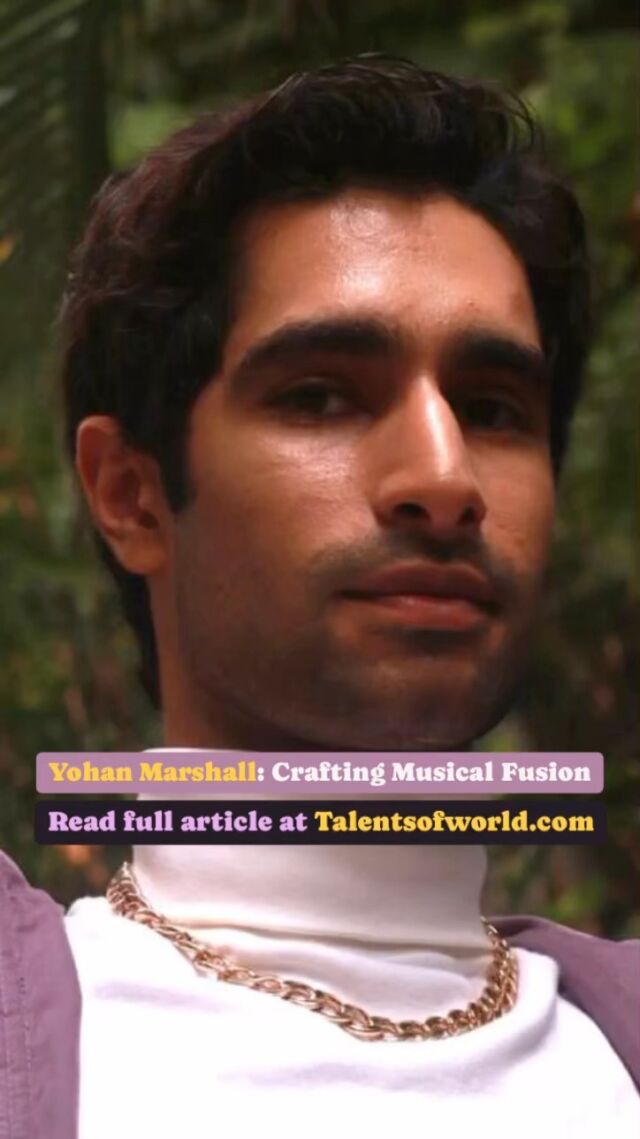Esa-Pekka Salonen, the music director of the San Francisco Symphony since 2020, announced on Thursday that he would step down when his contract expires next year, citing differences with the orchestra’s board.
Salonen, 65, a groundbreaking conductor who has promoted new music and experimented with virtual reality and artificial intelligence, said he no longer saw a path forward.
“I have decided not to continue as music director of the San Francisco Symphony because I do not share the same goals for the future of the institution as the Board of Governors does,” he said in a statement. “I am sincerely looking forward to the many exciting programs we have planned for my final season as music director, and am proud to continue working with the world-class musicians of the San Francisco Symphony.”
Disputes between maestros and management rarely break into public view, and this split is notable because of Salonen’s stature: A revered conductor and composer, he has been a leading force in efforts to redefine the modern symphony orchestra. In San Francisco, he appointed a team of what he called “collaborative partners” from a variety of genres, and he oversaw a steady stream of premieres.
The rift between Salonen and the board appeared to be over efforts to cut costs, which include reducing the number of concerts and commissions, as well as putting tours on hold. Those cuts raised broader questions about whether Salonen could achieve his expansive vision for the orchestra. (Salonen declined to comment for this article.)
Matthew Spivey, the San Francisco Symphony’s chief executive, said in an interview that the orchestra was had different challenges and priorities than when Salonen was named the orchestra’s music director in 2018. The pandemic exacerbated longstanding budget woes, he said, and there were “significant financial pressures on the organization that have become impossible to ignore.” He said the orchestra would need to “evolve in various ways to respond to those pressures.”
Spivey said that because of the shift in strategy, the administration understood Salonen’s choice to leave.
“Clearly these decisions are steering the organization in a somewhat different direction than when we could have anticipated in 2018,” he said. “Given all of this, it’s understandable that Esa-Pekka would conclude his tenure as music director.”
The orchestra’s announcement of Salonen’s final season of programming, on Thursday, did not include comment from him. He released a separate statement announcing his departure. He had informed the orchestra’s musicians of his decision to leave after a rehearsal on Wednesday.
Salonen, who is from Finland, arrived in San Francisco on a mission to shake up the ensemble, saying at one point there was “potential for something powerfully transformative to take place here.”
When he was hired, he recruited artists including Nico Muhly, Claire Chase and Esperanza Spalding to serve as collaborative partners. Feeding off the creative energy of Silicon Valley, be brought in experts in robotics and artificial intelligence to help reimagine the concert experience.
But during the pandemic, the orchestra canceled hundreds of performances and lost millions in anticipated revenue. Salonen’s debut as music director took place online, with the virtual premiere of Muhly’s “Throughline.”
Before the shutdown, though, the orchestra had been dealing budget deficits and a sharp decline in the number of subscribers, who traditionally have been an important source of revenue. The ensemble has also grappled with rising expenses and fund-raising problems: The average contribution and number of donors have decreased in recent years.
Still, the ensemble has been able to grow its endowment, which is one of the largest in the field: It totaled about $315 million last year, compared with $273 million in 2019. And it has moved forward with exploring the possibility of renovating Davies Symphony Hall, its longtime home.
The return of audiences has given the orchestra, which operates on a budget of about $83 million, a boost in ticket revenues, which are expected to exceed prepandemic levels this season. The ensemble has had 74 percent attendance so far this season, slightly ahead of where it was before the shutdown. But the orchestra is also giving fewer performances: 178 this season compared with 202 in 2018-19.
In a letter that was obtained by The New York Times, Spivey wrote to the board, the orchestra, the chorus and staff in January, outlining a series of cuts, including canceling a planned Europe tour, limiting commissions to no more than five a year and reducing overall spending.
“In the absence of fundamental changes to our business model and revenue streams, we will sustain increasingly unmanageable deficits in the coming years,” Spivey wrote. “Given the magnitude of these challenges, we are examining every aspect of the organization’s activities.”
It is unclear what Salonen will do next. Until the San Francisco job came along, he had seemed uninterested in leading another major orchestra. Before that, he had been the music director of the Los Angeles Philharmonic for 17 years, developing its reputation as one of the nation’s most innovative ensembles.
His departure is a serious loss for the California music scene, which will see the departures of other prominent maestros in the coming years. Gustavo Dudamel, who leads the Los Angeles Philharmonic, leaves for New York in 2026, and James Conlon announced this week that he would leave his post as music director of the Los Angeles Opera that same year.
Source link









![Growing up learning Indian Classical Music, I’ve developed a deep appreciation for diverse musical genres, and techno is definitely one that has captured my interest. Got inspired to write this track by blending the beautiful melodies of Hindustani classical, particularly Raag Bhairav, with the beats of techno. Excited to share this fusion with you all!
Music by @miladzki
Check it out and vibe with me! 🎶✨
[ techno, newmusic, fusion, indianclassicalmusic, techno, music, kakisinger ]](https://talentsofworld.com/wp-content/uploads/wp-social-ninja/instagram/9xm.tv/18327743320185528_full.jpg)
![Listen to this Version of Dil Kho Gaya
Original Song From the Movie Dil.
Anand-Milind, Udit Narayan, Anuradha Paudwal sung this song
Music by Anand-Milind
Hope you guys like this Rendition of the Classic Song by Kaki Singer.
Like, Share & Comment.
[ Dil, Dil kho Gaya, old songs, Classic Bollywood, old song covers, retro songs, indian old songs, old hindi songs, melodies, kaki singer, Indian singers ]](https://talentsofworld.com/wp-content/uploads/wp-social-ninja/instagram/9xm.tv/17999564600299237_full.jpg)
















































